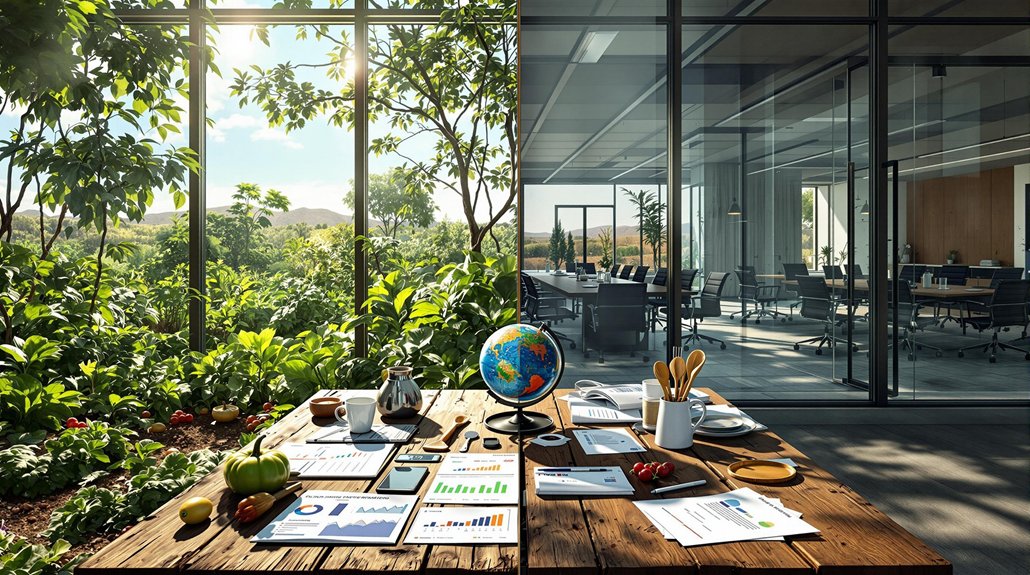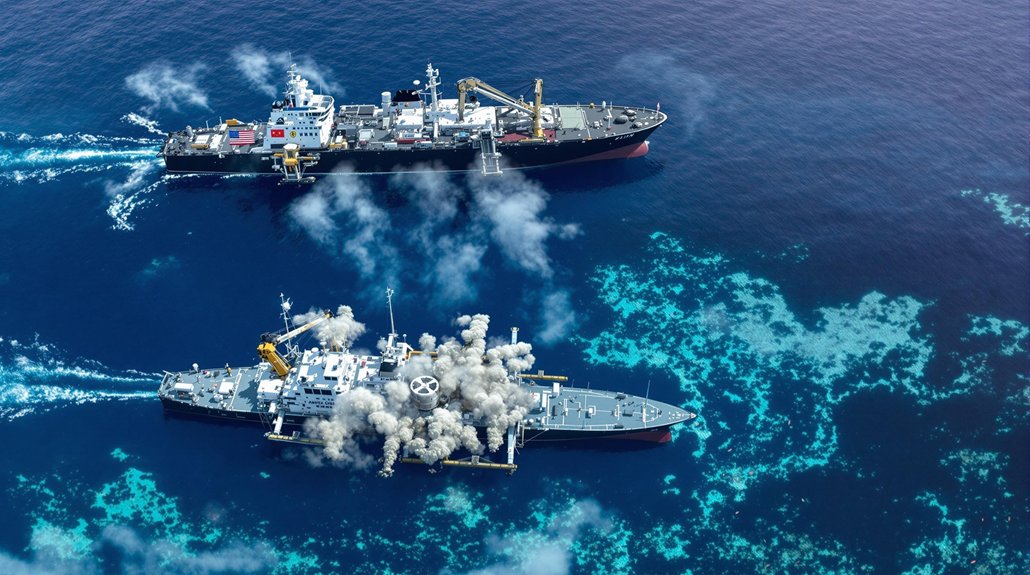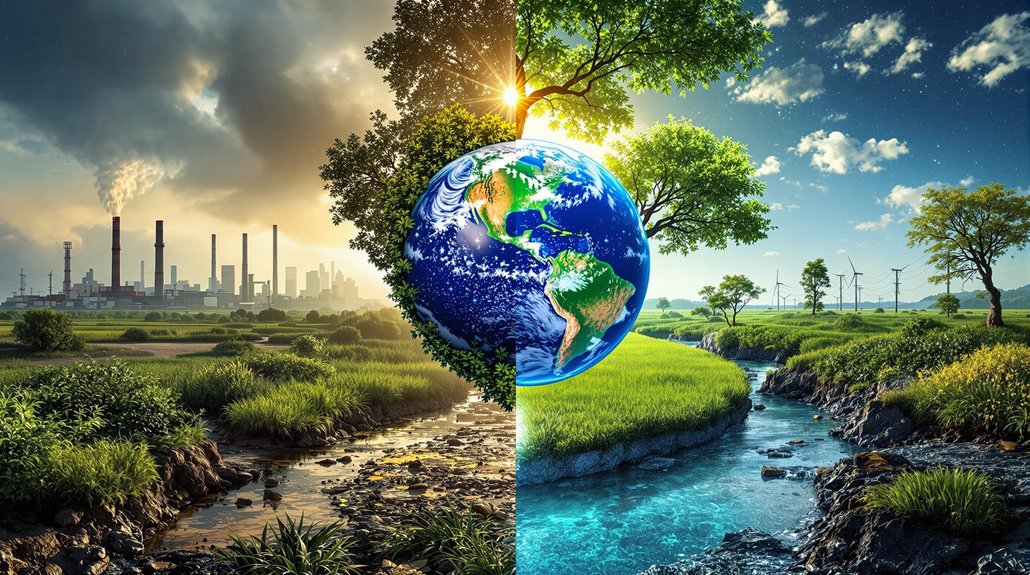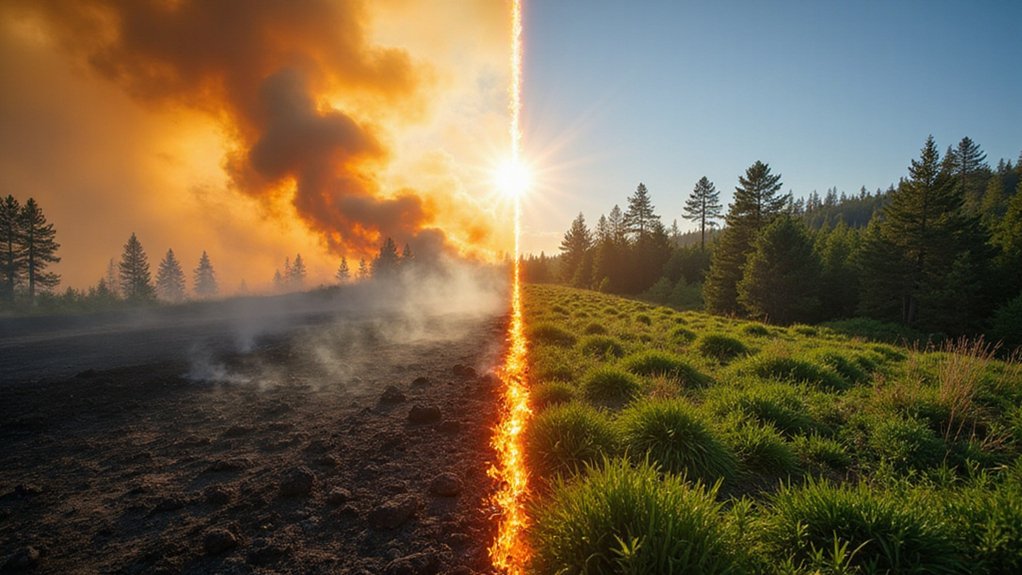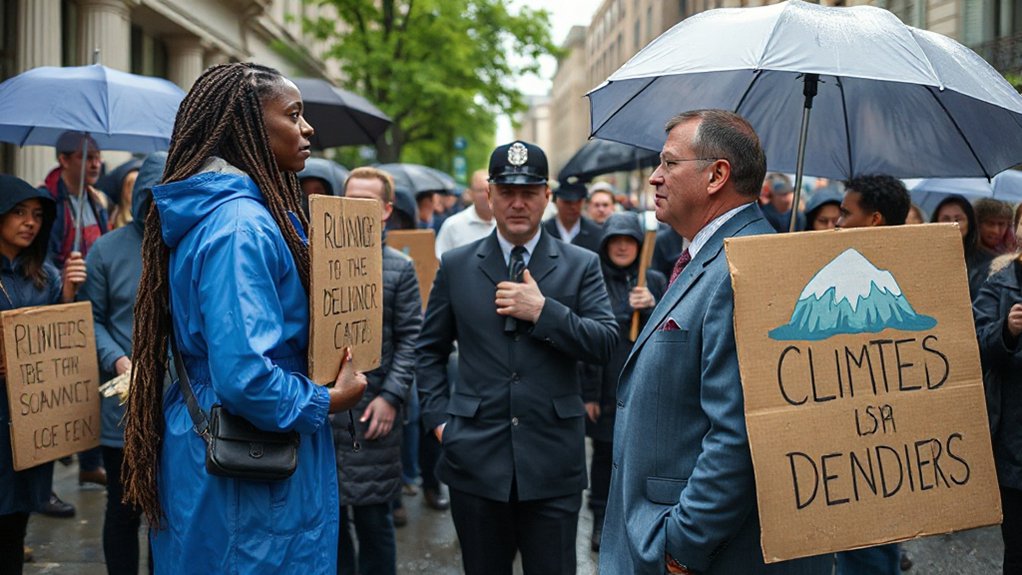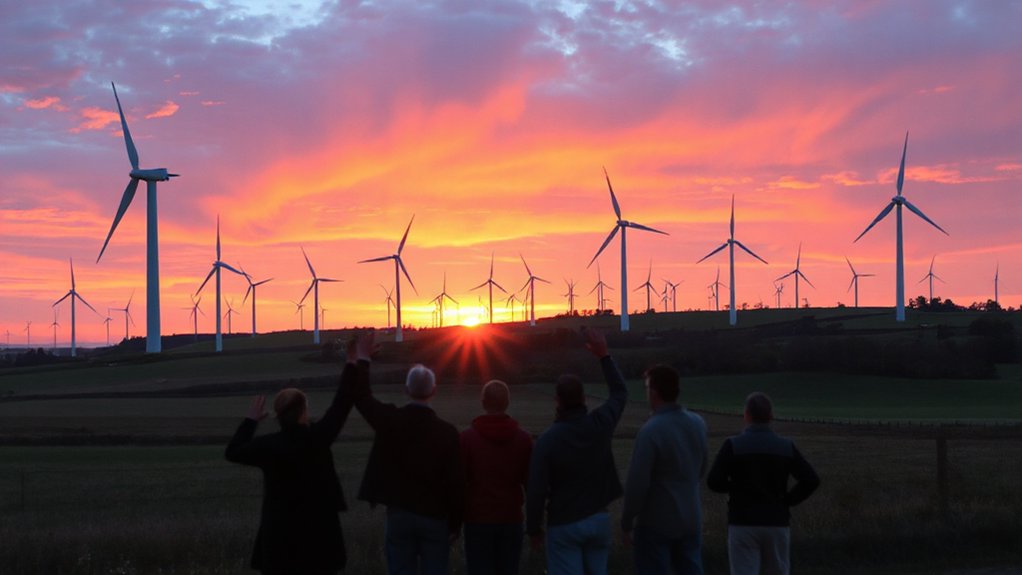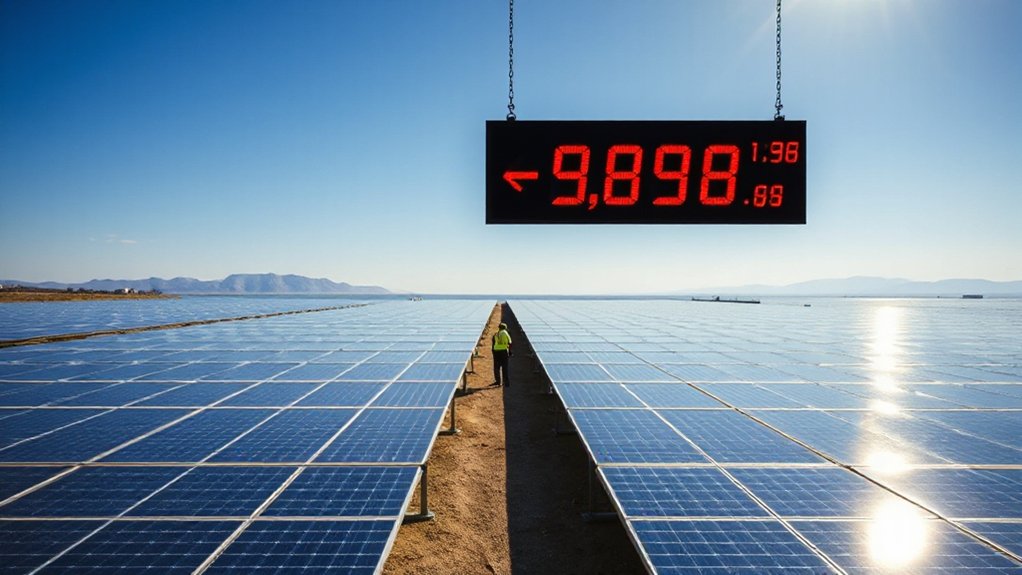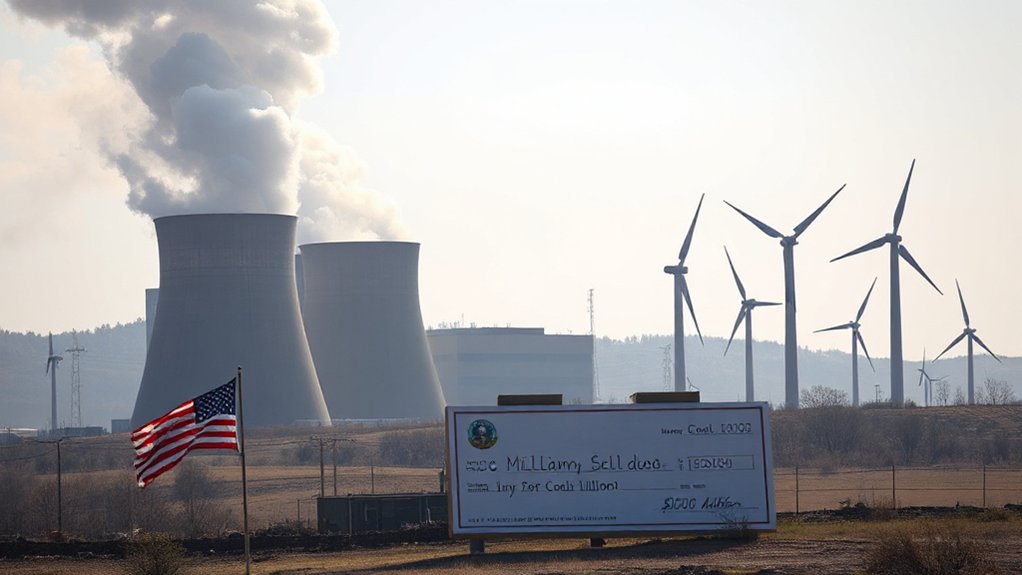Women lead 80% of climate disaster displacement while barely appearing at decision tables. Only 15 of 133 world leaders at COP28 were female. They’re pioneering sustainable agriculture and managing water resources, yet receive just 1.4% of media coverage. Men debate existence, women live consequences. Structural biases keep women from leadership roles despite their grassroots success. The climate crisis demands gender equality, not just for fairness—for survival.
While world leaders gather at climate summits in tailored suits and deliver rehearsed speeches, women are bearing the brunt of our warming planet. A staggering 80% of those displaced by climate disasters are women and girls. By 2050, climate change could push another 158 million women into poverty. Yet at COP28, only 15 out of 133 world leaders were women. Funny how that works.
As men in suits decide our fate, 80% of climate refugees are women. The crisis has a gender, and it’s not male.
The numbers tell a brutal story. Less than 24% of parliamentarians worldwide are women. Only 5% of mayors. When it comes to the people making decisions about our planet’s future, women are conspicuously absent from the table. Meanwhile, they’re the ones dealing with the consequences. Food insecurity? Women suffer more. Access to clean water during crises? Women struggle more. Currently, 47.8 million more women experience food insecurity compared to men. But sure, let’s have another all-male panel discuss what to do about it.
Media coverage isn’t helping. Gender-related stories made up just 1.4% of news coverage in 2021, down from an already pathetic 2.2% in 2017. Women’s climate contributions are getting less attention, not more.
Despite these barriers, women are driving grassroots climate action. They’re leading community adaptation strategies, pioneering sustainable agriculture techniques, and managing water resources. Women are responsible for half the world’s food production, rising to 80% in developing countries. They’re doing the work while being systematically excluded from the rooms where decisions get made. And they’re good at it.
At COP27, Gender Day pushed for stronger integration of women’s perspectives in climate governance. About time. Women’s knowledge of local environments makes them uniquely positioned to build resilience in their communities. They’re not just victims; they’re solution-makers. With renewables projected to contribute global GDP growth of 1.1% by 2030, women’s leadership in this sector could transform economies while addressing climate challenges.
Persistent gender norms, limited financial resources, and structural biases continue to hold women back from climate leadership. Yet they press on, mobilizing networks, supporting sustainable practices, and fighting for a livable planet.
The climate crisis demands all voices at the table. Until women have equal seats, we’re fighting with one hand tied behind our back.
References
- https://www.unwomen.org/en/articles/explainer/how-gender-inequality-and-climate-change-are-interconnected
- https://www.un.org/en/climatechange/science/climate-issues/women
- https://www.nature.org/en-us/what-we-do/our-priorities/tackle-climate-change/climate-change-stories/women-on-climate/
- https://www.unesco.org/en/articles/women-science-not-silence-pioneering-change-global-climate-crisis
- https://datajournalism.com/read/longreads/data-gives-voice-to-women-on-climate-change
